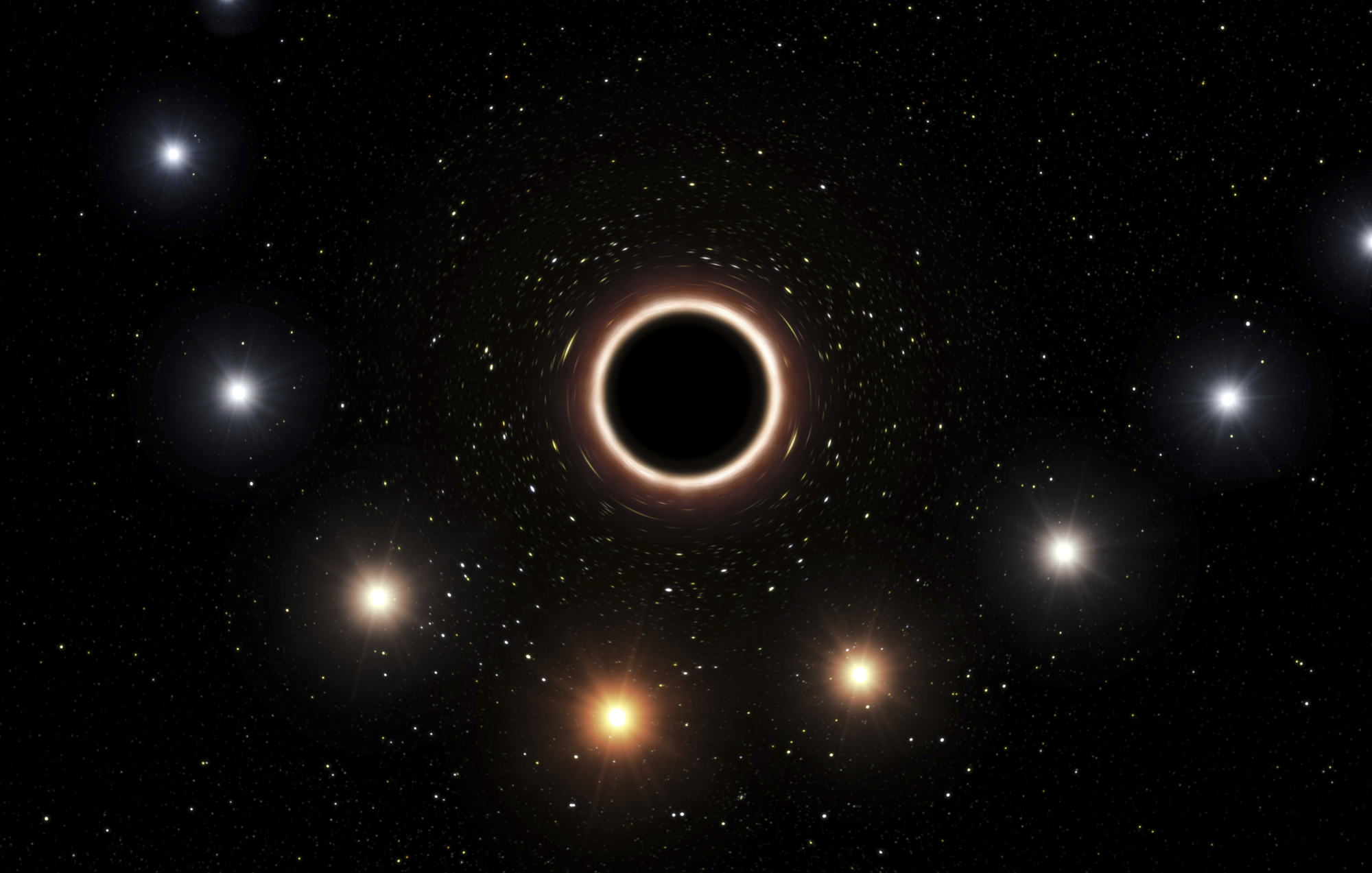A team of international scientists observing a star in the Milky Way have for the first time confirmed Einstein's predictions of what happens to the motion of a star passing close to a supermassive black hole.
Einstein's 100-year-old general theory of relativity predicted that light from stars would be stretched to longer wavelengths by the extreme gravitational field of a black hole, and the star would appear redder, an effect known as gravitational red shift.
"This was the first time we could test directly Einstein's theory of general relativity near a supermassive black hole," Frank Eisenhauer, senior astronomer at the Max Planck Institute for Extraterrestrial Physics, told journalists.



